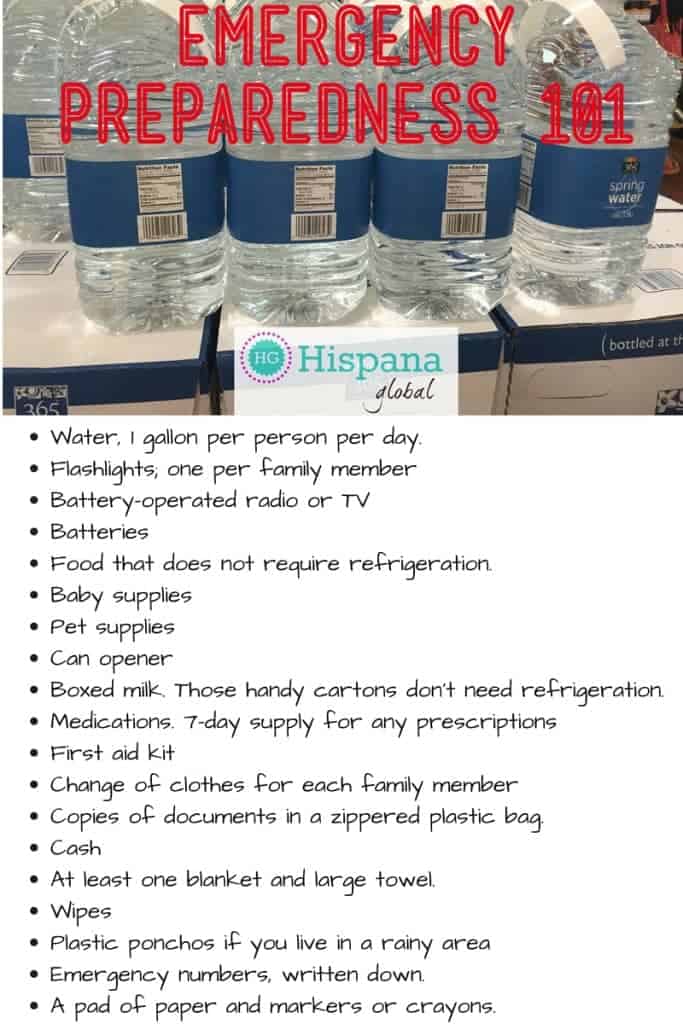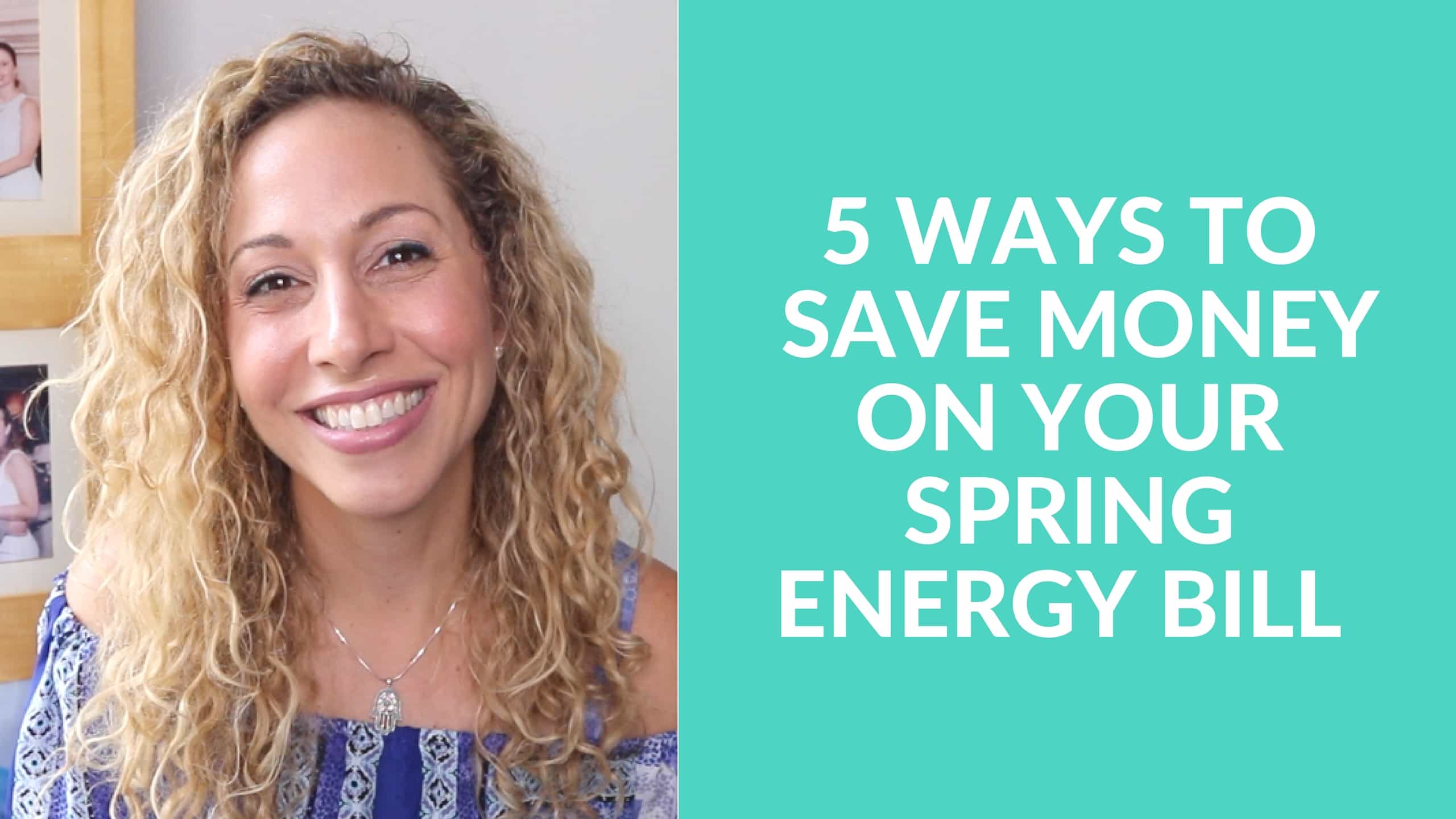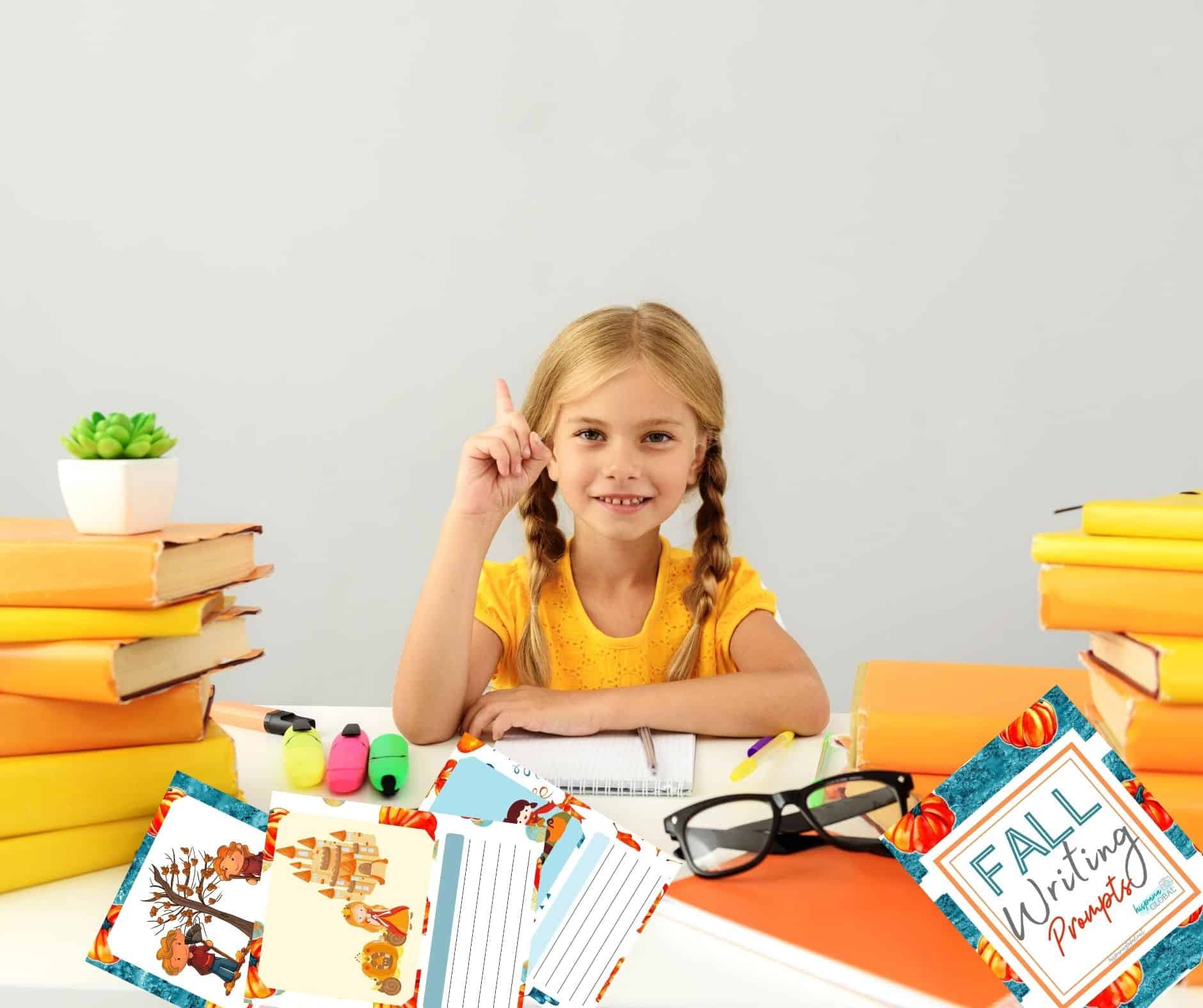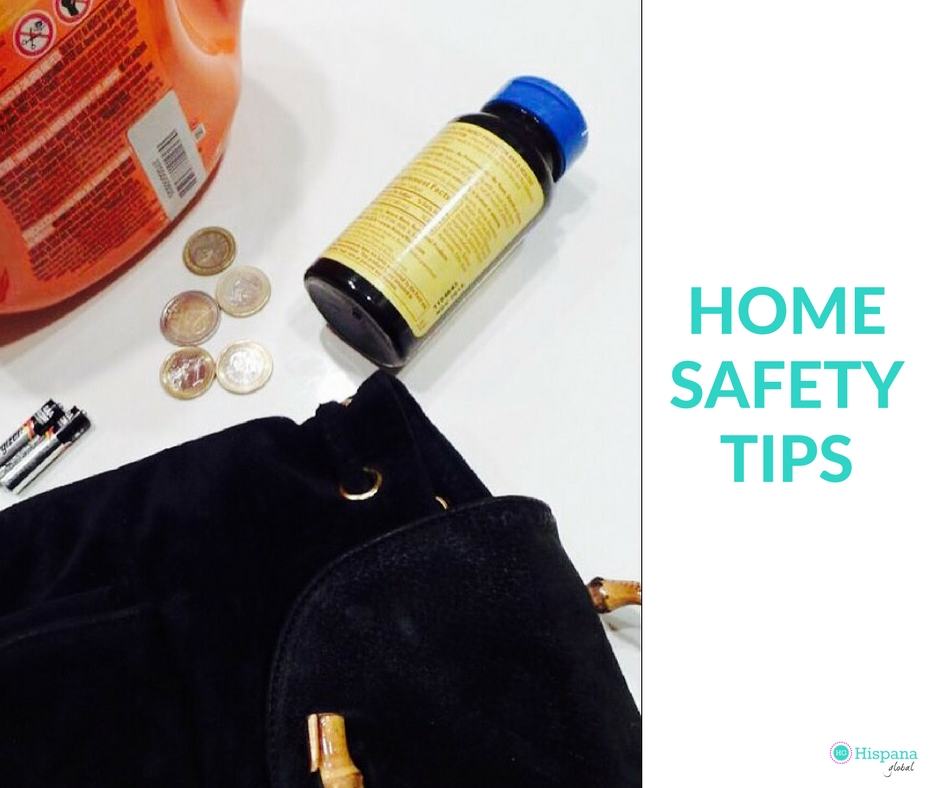The One Thing I Had Forgotten To Do To Prepare For An Emergency
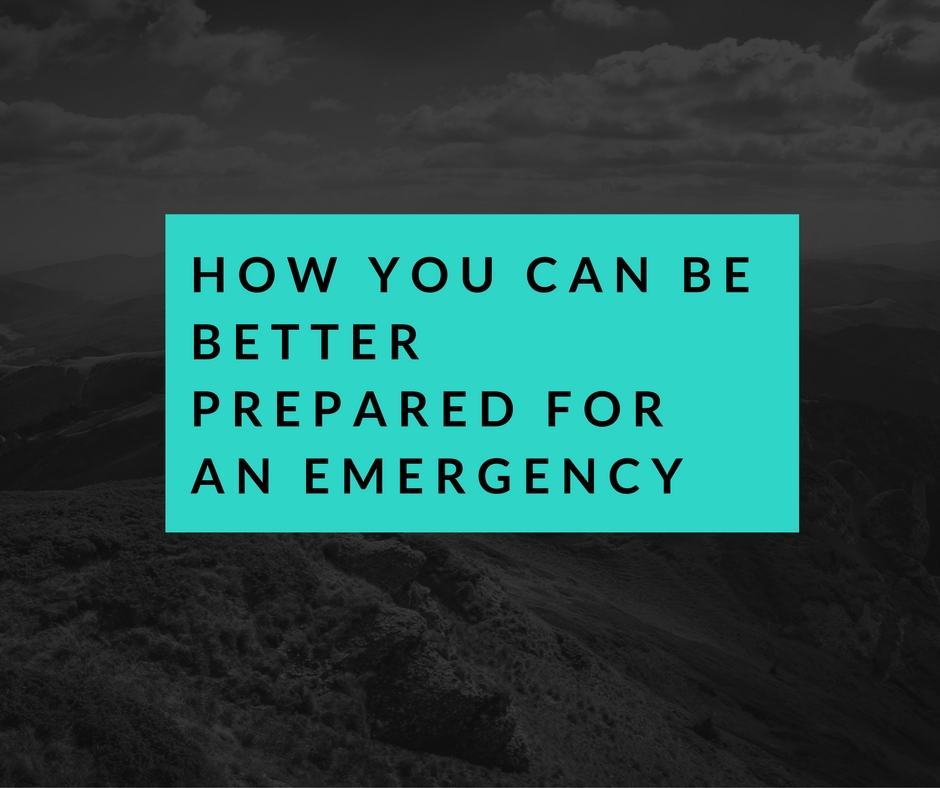 When you’re planning on how to prepare for an emergency, we usually have a mental checklist. Depending on where we live, we might prepare differently. For example, I live in Miami, Florida, where we get storms and need to be prepared for hurricanes. My friends in California might be more concerned about earthquakes or fires, due to the drought.
When you’re planning on how to prepare for an emergency, we usually have a mental checklist. Depending on where we live, we might prepare differently. For example, I live in Miami, Florida, where we get storms and need to be prepared for hurricanes. My friends in California might be more concerned about earthquakes or fires, due to the drought.
In my case, I make sure I always have batteries, flashlights, non-perishable food, plastic ponchos, some cash, water and disposable wipes in an easy-to-find place in my home. I have scanned important documents and even created a password-protected virtual folder in the cloud so I can access them in case we lose them. My next project is creating small bags (or go bags) for each family member that we can take with us with the essentials if we have to leave our home in a hurry.
READ ALSO>> Emergency Preparedness Kit And Checklist Basics
Seems like I have everything covered, right? Wrong! Until a few days ago, I had no idea about the importance of creating emergency contact cards for my children. Also called ICE (in case of emergency) cards, they include basic information like your child’s name, age, address, allergies, medications and emergency contacts. As part of my fellowship with Save the Children, I learned how families can easily get separated when there’s a natural disaster. It was a wake up call. After realizing that I am not with my kids during a big part of the day, and that I cannot assume that everybody will know how to reach me, I knew I had to create my own ICE cards.
 How to create ICE cards for free
How to create ICE cards for free
Creating your own in case of emergency or ICE cards is super easy. Save the Children has a free online tool here, where you can customize all the necessary information, upload a photo (make sure it’s portrait and not landscape oriented) and then download it to your computer. They do not store your personal information, so don’t worry about entering your address and other details. Save the ICE card, then print it out and place in your child’s backpack, lunchbox or wallet, where it can be easily found. Remember to also teach children when and how they should use the card. Tip: laminate the card so it’s sturdier and water-resistant.
September is National Preparedness Month. Want to teach your kids more about being prepared for emergencies? Save the Children created this fun video that preschoolers and young children will enjoy.
Also, this checklist might come in handy. Do you have any other items to add?

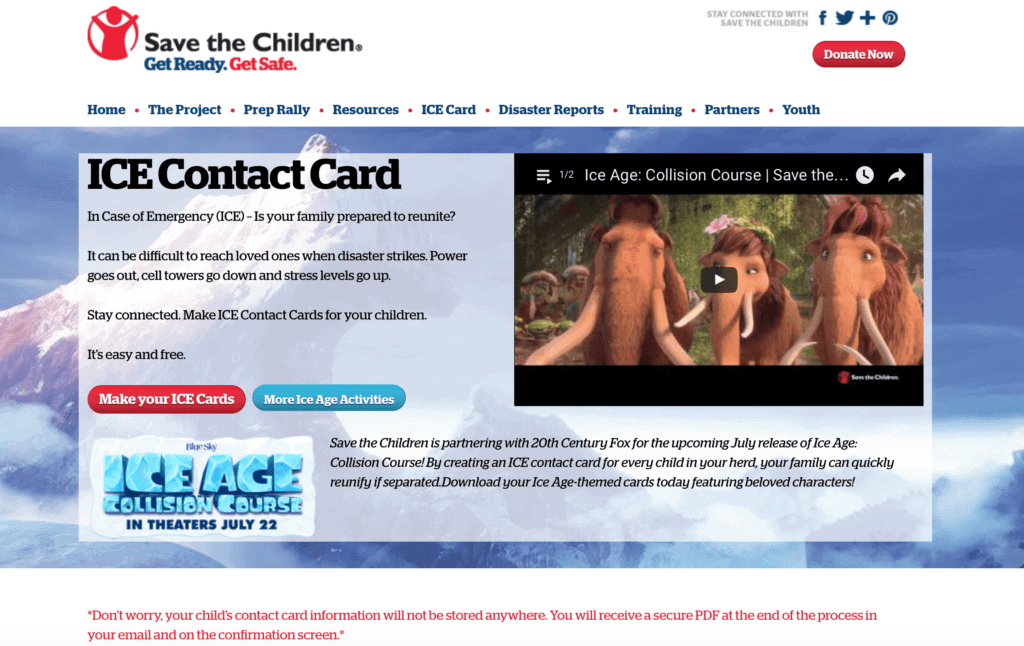 How to create ICE cards for free
How to create ICE cards for free